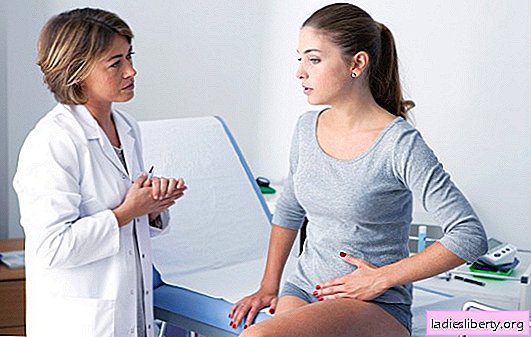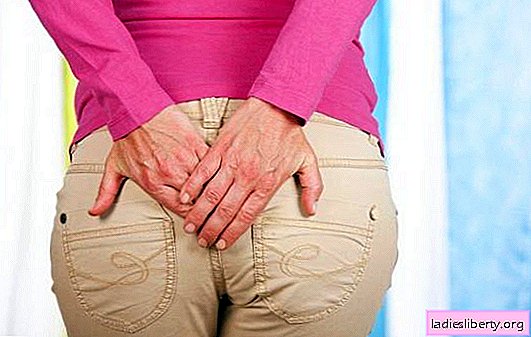
Arthrosis is a disease in which the cartilaginous layer located between the vertebrae or in the joint is destroyed over time.
Arthrosis can be primary and secondary. The causes of dystrophic changes in cartilage in primary arthrosis are not clear; It is likely that articular cartilage metabolism disorders are genetically determined. One of the special varieties of this disease is nodular arthrosis of the joints of the hand. The main cause of secondary arthrosis may be overload of a healthy cartilaginous layer or its movement.
Most often, overload of articular cartilage occurs with excess body weight, O - and X-shaped legs, shortening one of the limbs. As for damage to the articular cartilage, it can be caused by trauma, a chronic inflammatory process in the joints, endocrine diseases (for example, hypothyroidism), a violation of the development of cartilage tissue (with Kashin-Beck disease), as well as systemic metabolic diseases (for example, gout ) and congenital dysplasia of the joints.
Arthrosis - Symptoms
The main symptoms of arthrosis are joint pains, which most often have the so-called mechanical rhythm, as they appear during exertion and disappear if the patient is at rest.
So called nodular arthrosis of bone joints is characterized by pain and the appearance of dense formations the size of a pea. In addition, condensed painful cysts located under the skin and filled with a viscous fluid may appear near the nail bed on the back of the fingers.
Osteoarthritis affecting the knee joints is caused by pains that occur with prolonged standing, walking rough terrain or stairs. Gonarthrosis to a greater extent than arthrosis of other joints is manifested by a crunch during movement. Hip arthrosis is characterized by abnormalities in the development of the hip joint.
In this case, arthrosis is characterized by pain while limiting joint mobility, with support on the leg and walking. The pelvic skew and the fixed flexion position are gradually established.
Arthrosis - diagnosis
The true cause of arthrosis can only be determined by a specialist. At the same time, a comprehensive study of the whole organism is considered the best diagnostic option. It is not limited only to a blood test and an x-ray. Diagnostics should consist of a whole complex of laboratory, special and instrumental studies. This approach must be applied because very often bone arthrosis can be a consequence of cardiovascular diseases of the endocrine system, infectious diseases and other diseases of the joints.
Arthrosis - treatment and prevention
Some radical methods of conservative treatment have not yet been developed. The means used depend on the very form of arthrosis, its stage and localization. Secondary arthrosis is very important to detect and eliminate the main risk factors or causes of the disease in time. If arthrosis of the joints of the lower extremities is concerned, then you need to reduce the load on these joints: the use of additional support when walking, the exclusion of prolonged standing on the legs, normalization of body weight. During a period of increased pain, some non-steroidal anti-inflammatory drugs are prescribed; locally use ointments, apply physiotherapeutic procedures.
If this therapy is unsuccessful and synovitis occurs, then a corticosteroid hormone preparation is injected into the joint. To improve the patient's condition with arthrosis of the lower extremities, physiotherapy exercises are recommended, with the exception of the period of exacerbations. It is carried out in a sitting or lying position. Also, outside the period of exacerbation, patients suffering from this disease are shown spa treatment. Sometimes there is surgery.
Comments
Vienna doctor Heinrich treats arthrosis with stem cells. How do you feel about this method?
First, a little fat is sucked out, from which stem cells are extracted, which are then introduced into the joints.











